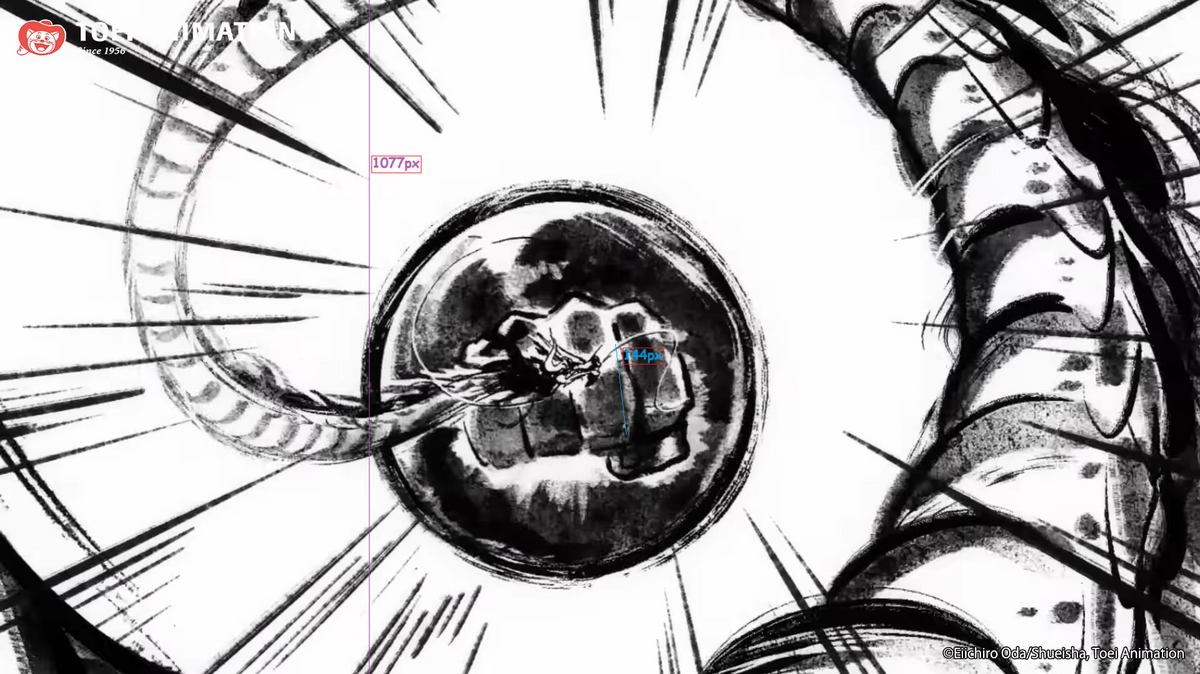I can't comment on what precisely we should go for here without seeing the alternative calc in its own blog to evaluate, but to give my take on it.
Using the frame-by-frame site and the clip linked in the original calc
here, the original calc seems to be making this assertion:
After Frame 2328, you can see that the 1 frame already had his arm swung back after the previous one was the fist to the front.
Means that the full 180 degree spin of Luffy's gigantic fist happened in that single frame from 2328 to 2329. Those frames are
this and
this. I don't see how that could be gotten from that.
If that's a typo and the calc meant 2338 instead, where it goes from
here to
here, then I can understand it a bit better... But I do not think this makes for a reliable timeframe. Because for the next
62 frames (until that clip ends) Luffy and Kaido hardly move at all. Despite the fact that Kaido should be moving at extreme speed having covered that distance between frames 2338 and 2339 in less than 5% of a second, he is then shown having hardly moved for the next 2 and a half seconds? There are major visual inconsistencies there.
As KT pointed out above, "different scenes move at different frame rates". Saying that Kaido
literally didn't move at all in 2 and a half seconds doesn't work because Cinematic Time is unreliable if it is suggested that a scene is slowed down. But the same is true if it is implied a scene is sped up too. The gap between frames 2338 and 2339 looks like a cut to me. We don't see the movement being depicted; Kaido is just instantaneously further away while Luffy's arm appears to have swung around. Despite neither of them moving this quickly
before or
after this cut.
So out of all the hundreds of frames of the punch being depicted here... Only
1 jump in frames is the accurate visual depiction of the speed here? That doesn't work for me personally based on what our current rules look like.

